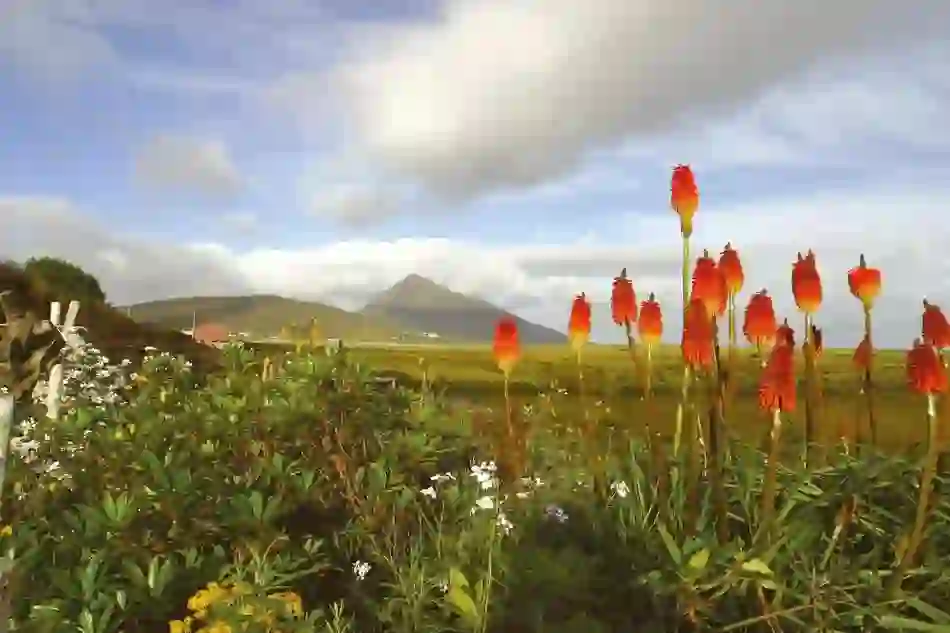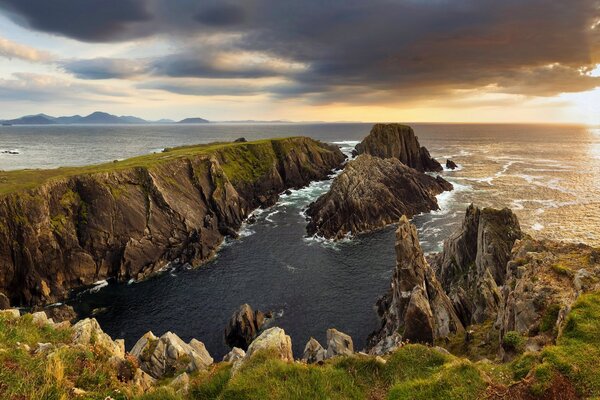

Welcome to the Corlea Trackway Visitor Centre
In 1984, workers processing peat for a nearby power station made a remarkable discovery.
Hidden in bogland, preserved for over 2,000 years, was a phenomenal remnant of prehistory – an Iron Age road built in 148BC. Constructed with heavy oak planks, the trackway is believed to have been used as a “ceremonial highway” connecting the Hill of Uisneach where the Bealtaine Fire was lit and the high kings of Ireland were crowned, to Rathcroghan. Yet only a few years after its construction, the planks sunk into the bog: bad news for those who made it, but great news for us. The peat bog preserved the oak, allowing us to see what is now the largest Iron Age road of its kind in Europe. This 18-metre piece of road is on display at the Corlea Trackway Visitor Centre.
Shortly after the Corlea Trackway was discovered, archaeologists began work in the area. Objects such as pottery, arrowheads and weapons were also found in good condition in the bog, and these are now in the Visitor Centre accompanied by information on their origin. After learning about the bog, it’s time to visit it. Corlea Peat Bog is home to diverse flora and fauna typical of this landscape, as well as four artificial lakes manufactured to maintain a certain level of humidity needed to preserve the bog. It’s an exceedingly interesting environment to be studied for years to come, and the easy looped walking trails here will allow you to take in some of the natural beauty, including bog cotton, dragonflies and sphagnum moss.


Inside the Corlea Trackway Visitor Centre, County Longford
Need to know
Admission to the Corlea Trackway Visitor Centre is free and access to the Corlea Trackway itself is via a guided tour.
The walk over the Corlea Peat Bog takes approximately 1 hr 30 mins.
There are an abundance of outdoor areas to enjoy a picnic so come to this picturesque landscape equipped with your favourite drinks and snacks.











































